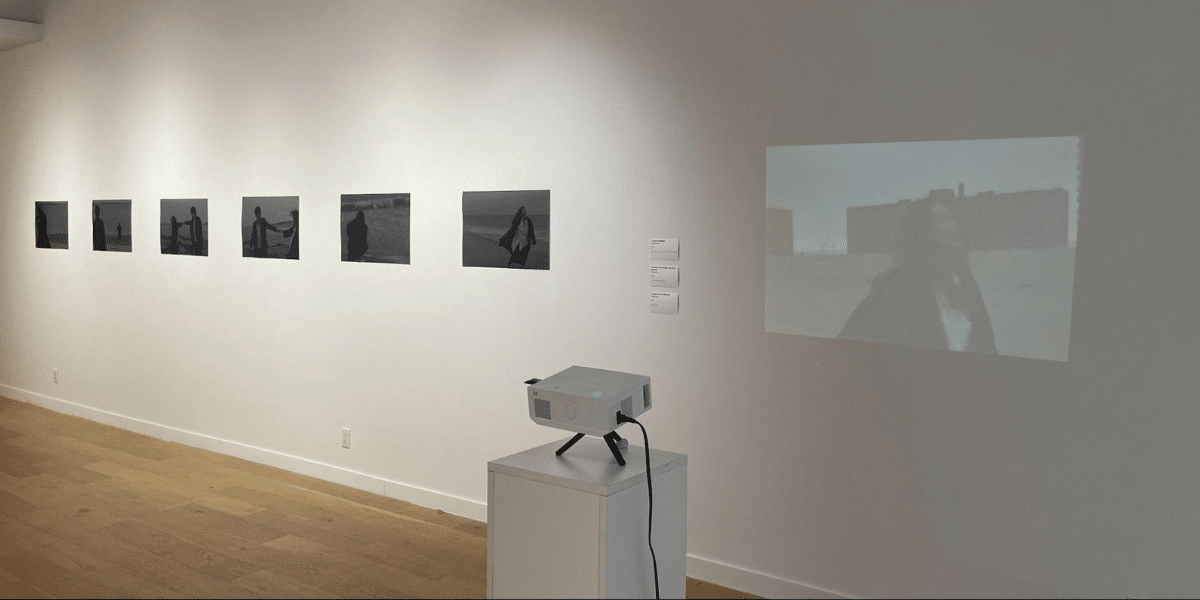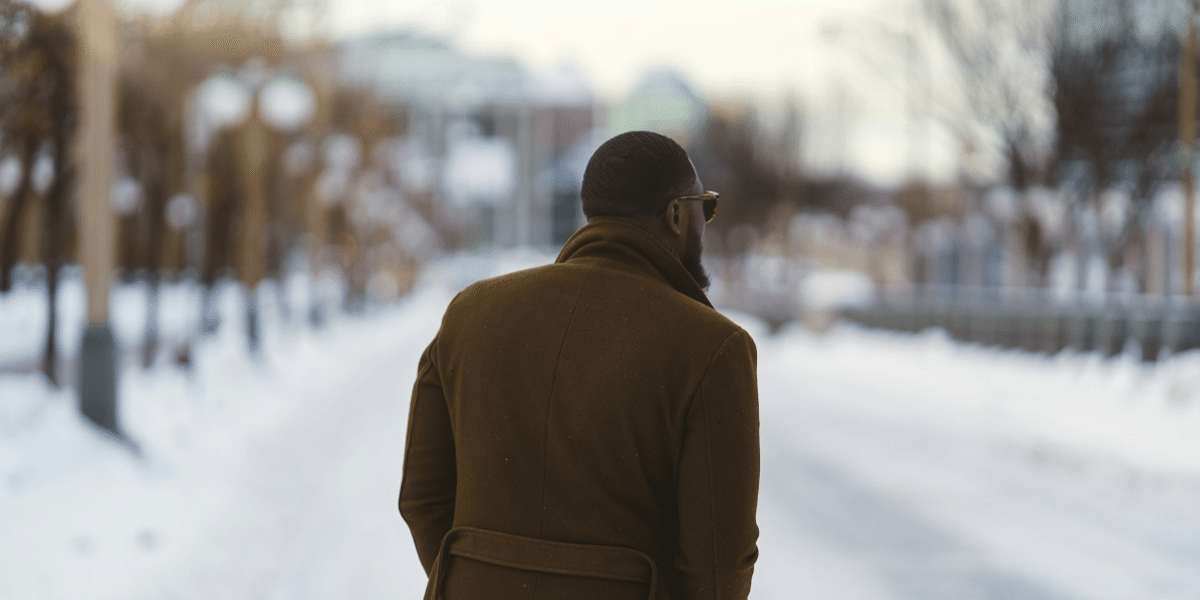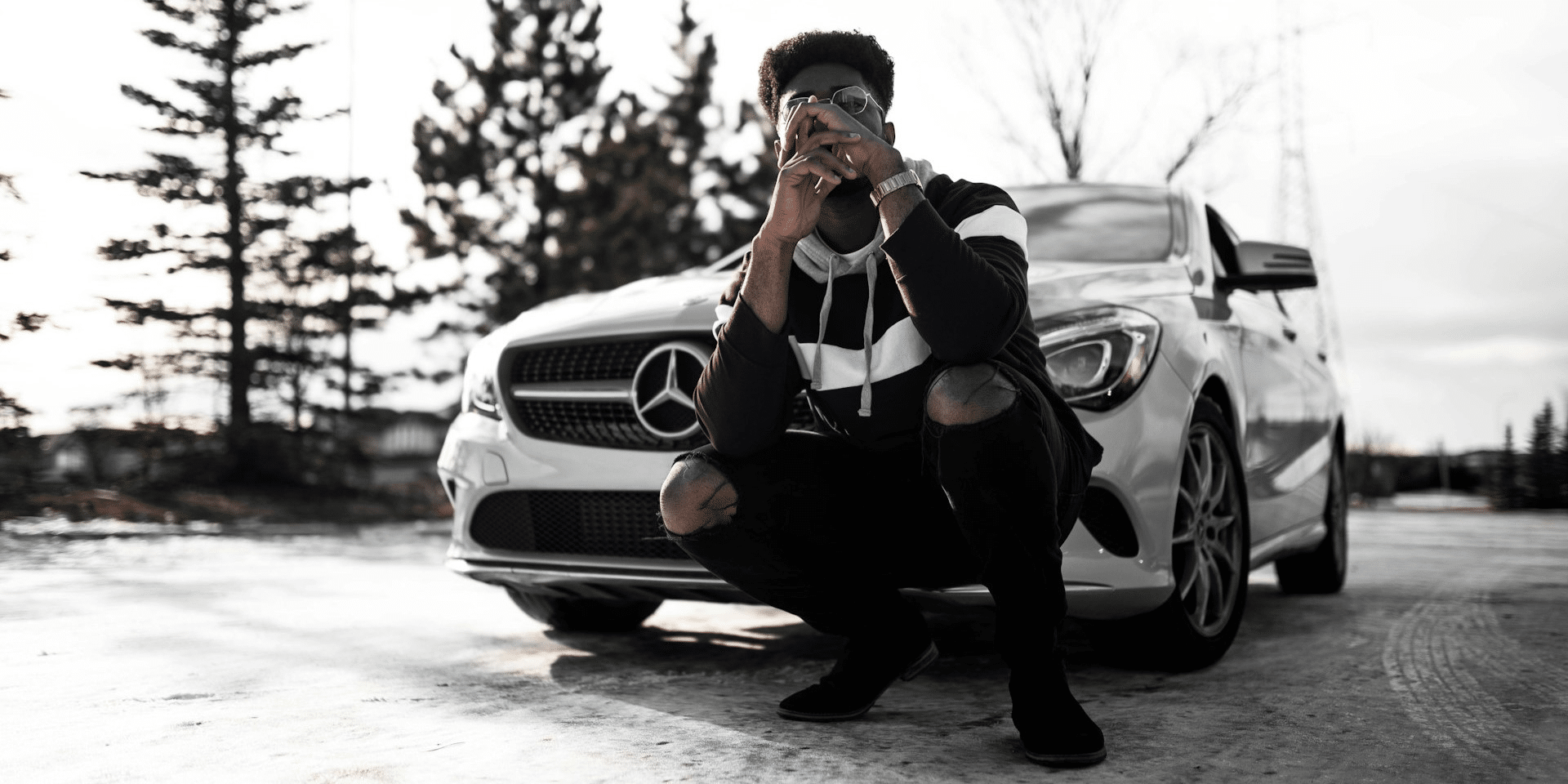By: Ryan Melcom
Today, we’re excited to introduce renowned interactive artist Ruiyan Sun, who will share her journey and insights. As technology and art merge, she explores how interactive art creates unique experiences and engages audiences in innovative ways.
Q: Can you tell us about your journey into interactive art?
I’ve always been fascinated by the intersection of technology and creativity. My journey into interactive art began during my undergraduate studies in graphic design, where I started experimenting with digital media. Over time, I realized that I wanted to create works that weren’t just visually engaging but also immersive and participatory. This led me to explore interactive art, where I could combine my love for design with my curiosity about how people interact with technology.
Q: What drew you to this medium?
What drew me to interactive art was the potential to create dynamic experiences that evolve based on the viewer’s engagement. Unlike traditional art forms, interactive art allows for a dialogue between the artwork and the audience. This two-way interaction adds a layer of unpredictability and excitement, as each participant can have a unique experience with the piece.
Q: What is your typical process when starting a new interactive art project?
My process usually begins with research and brainstorming. I start by identifying the core concept or message I want to convey and then explore how I can achieve that through interaction. Once the concept is solidified, I experiment with different technologies and design elements that can bring the idea to life. Prototyping and testing are crucial steps, as they help refine the interaction and ensure that the final piece is both engaging and intuitive.
Q: Can you tell us about a recent project you’re particularly proud of? What was the inspiration behind it?
One of my recent projects that I’m particularly proud of is an installation called “Echoes of Memory.” It was inspired by the idea of collective memory and how individual experiences shape our understanding of the past. The installation used sensors and projections to create a dynamic environment where participants could trigger different visuals and sounds based on their movements. The project aimed to explore how our personal memories interact with and influence shared histories.
Q: Can you describe a project where you blended traditional art techniques with interactive design elements?
In one of my earlier projects, “Digital Brushstrokes,” I blended traditional painting techniques with interactive digital elements. The piece involved a large canvas where participants could “paint” using a digital brush that responded to their gestures. The brushstrokes were projected onto the canvas in real-time, creating a fluid blend of physical movement and digital creation. This project was an exploration of how traditional and modern techniques can coexist and enhance each other.
Q: What challenges did you face during that project, and how did you overcome them?
One of the biggest challenges was ensuring that the digital brush responded accurately to participants’ movements. There were initial issues with latency and precision, which disrupted the fluidity of the experience. To overcome this, I worked closely with developers to fine-tune the software and tested the system extensively with different users. Their feedback was invaluable in refining the interaction to make it as seamless as possible.
Q: How do you envision the role of the audience in your work?
The audience plays a central role in my work. I see them not just as viewers but as active participants who help complete the piece. Their interactions, decisions, and movements influence the outcome of the work, making each experience unique. I want the audience to feel empowered to explore and engage with the art, knowing that their participation is integral to the piece’s meaning and impact.
Q: What do you hope participants take away from interacting with your art?
I hope participants walk away with a sense of connection and introspection. Whether it’s connecting with the art, with others, or with their own thoughts, I aim to create experiences that resonate on a personal level. I want them to feel that their interaction mattered and that it contributed to something larger than themselves.
Q: What advice would you give to emerging artists interested in exploring interactive art?
My advice would be to embrace experimentation and collaboration. Interactive art is a multidisciplinary field, and you’ll benefit from learning about different technologies, design principles, and human behaviors. Don’t be afraid to take risks and try new things. Also, seek out collaborations with others who have different skills and perspectives—this will not only enhance your work but also help you grow as an artist.
Q: In your opinion, how does interactive art differ from other art forms in terms of conveying a message or experience?
Interactive art differs in that it requires the audience’s active participation to fully convey its message. The experience is not static; it evolves based on the viewer’s engagement. This creates a more personal and dynamic connection between the art and the participant. Interactive art allows for multiple interpretations and outcomes, making the message more fluid and open to individual experiences.
Q: Are there any particular themes or ideas you haven’t explored yet but would like to in the future?
I’m interested in exploring the theme of environmental sustainability through interactive art. I believe there’s a lot of potential in creating installations that raise awareness about environmental issues and encourage participants to think about their impact on the planet. I’m also intrigued by the idea of using interactive art to explore mental health, creating spaces where people can reflect on their emotional well-being in a safe and engaging way.
Published by: Holy Minoza
















